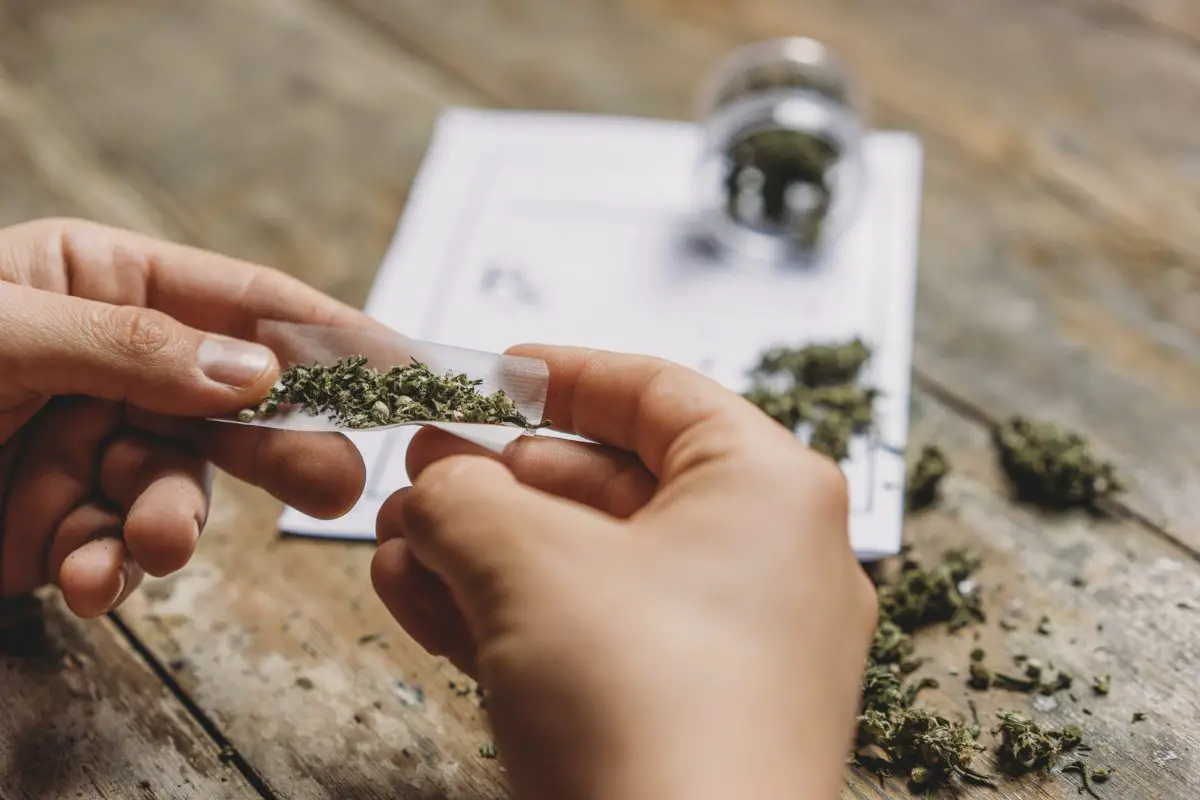Proponents of cannabis generally dismiss the idea that there is a cannabis withdrawal syndrome. One routinely hears statements such as, “I smoked weed every day for 30 years and then just walked away from it without any problems. It’s not addictive.” Some cannabis researchers, on the other hand, describe serious withdrawal symptoms that can include aggression, anger, irritability, anxiety, insomnia, anorexia, depression, restlessness, headaches, vomiting, and abdominal pain. Given this long list of withdrawal symptoms, it’s a wonder that anyone tries to reduce or stop using cannabis. Why is there such a disconnect between researchers’ findings and the lived reality of cannabis users?
New research highlights the problems of withdrawal, but provides an incomplete picture
A recent meta-analysis published in JAMA cites the overall prevalence of cannabis withdrawal syndrome as 47% among “individuals with regular or dependent use of cannabinoids.” The authors of the study raise the alarm that “many professionals and members of the general public may not be aware of cannabis withdrawal, potentially leading to confusion about the benefits of cannabis to treat or self-medicate symptoms of anxiety or depressive disorders.” In other words, many patients using medical cannabis to “treat” their symptoms are merely caught up in a cycle of self-treating their cannabis withdrawal. Is it possible that almost half of cannabis consumers are actually experiencing a severe cannabis withdrawal syndrome — to the point that it is successfully masquerading as medicinal use of marijuana — and they don’t know it?
Unfortunately, the study in JAMA doesn’t seem particularly generalizable to actual cannabis users. This study is a meta-analysis — a study which includes many studies that are deemed similar enough to lump together, in order to increase the numerical power of the study and, ideally, the strength of the conclusions. The authors included studies that go all the way back to the mid-1990s — a time when cannabis was illegal in the US, different in potency, and when there was no choice or control over strains or cannabinoid compositions, as there is now. One of the studies in the meta-analysis included “cannabis dependent inpatients” in a German psychiatric hospital in which 118 patients were being detoxified from cannabis. Another was from 1998 and is titled, “Patterns and correlates of cannabis dependence among long-term users in an Australian rural area.” It is not a great leap to surmise that Australians in the countryside smoking whatever marijuana was available to them illegally in 1998, or patients in a psychiatric hospital, might be substantively different from current American cannabis users.
Medical cannabis use is different from recreational use
Moreover, the JAMA study doesn’t distinguish between medical and recreational cannabis, which are actually quite different in their physiological and cognitive effects — as Harvard researcher Dr. Staci Gruber’s work tells us. Medical cannabis patients, under the guidance of a medical cannabis specialist, are buying legal, regulated cannabis from a licensed dispensary; it might be lower in THC (the psychoactive component that gives you the high) and higher in CBD (a nonintoxicating,






